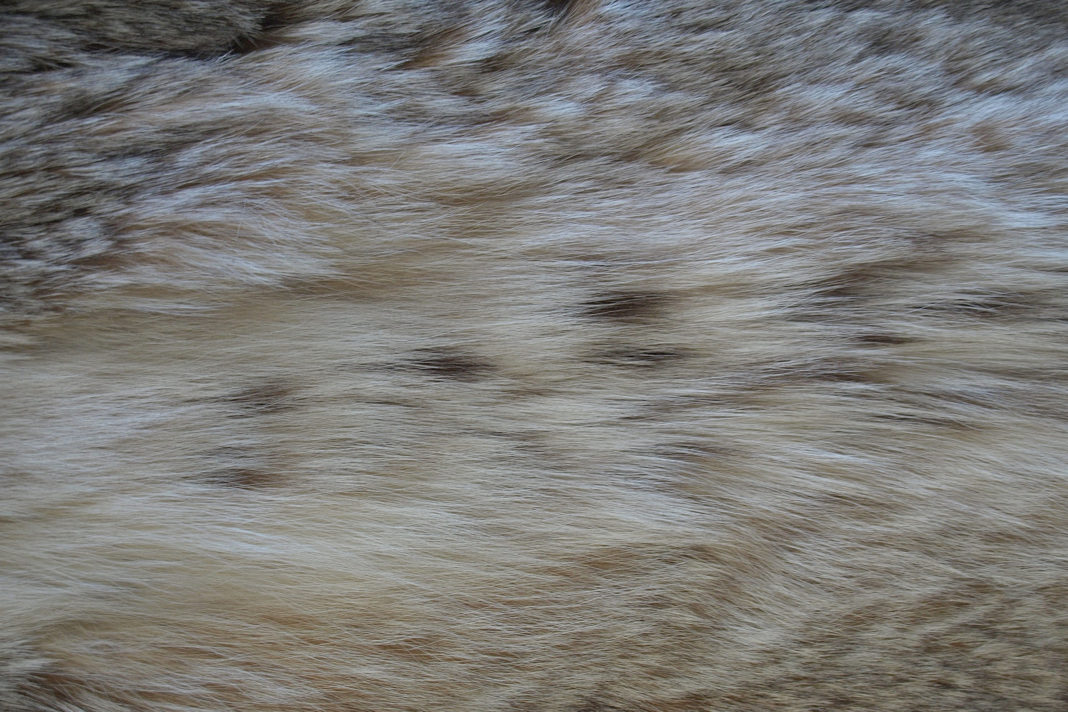How does one calculate a standard deviation in a survey? Most Americans would be considered very knowledgeable if they knew the answer to even one of these questions.
Why is the sky blue?
How do magnets work? What causes gravity? Why does gasoline ignite? Where did life on this planet come from? How does one calculate a standard deviation in a survey? Most Americans would be considered very knowledgeable if they knew the answer to even one of these questions.
Perhaps a better question is: How did the United States drop to 48th place in K–12 math and science education?
A study by the National Academies of Science released in September of 2010 considered the U.S. in various measures of competitiveness on a global scale. One such measure of competitiveness was K–12 and college education. The National Academies followed up on research from 2005 regarding education in the U.S. and found that, despite slight improvements in some areas, the country had shown little to no improvement in math and science education in particular. Among the results of the research were some startling finds.
From the ACT College Readiness Report came the first shock. Approximately 78 percent of high school graduates were found not to have met the readiness benchmarks for “one or more entry-level college classes in mathematics, science, reading and English.” In other words, about eight in 10 high school graduates were not sufficiently prepared for entry-level college classes in disciplines nearly all colleges require.
The blows kept coming. The World Economic Forum ranked the U.S. 48th in mathematics and science education, wedged just slightly behind Greece (yes, the same Greece whose economy tanked in 2010 from a basic failure to understand economics) and a smidge in front of Senegal. Other countries that beat out the U.S. in math and science education include Qatar, Tunisia and Brunei Darussalam. Topping the list was Singapore.
Where does this decline in science and mathematics education come from? Experts are divided on this. Some researchers cite the dearth of instructors trained in these disciplines, and they have data to support it. More than 60 percent of students between the fifth and eighth grades are taught by instructors with minimal education in the sciences, and high schools are not much better. Others cite budget cutbacks that have eliminated science-based enrichment programs or laboratory classes.
The most likely culprit, however, seems to be the fear of offending sensibilities. It sounds ridiculous, certainly, but the entire situation has already become absurd. Many instructors balk at teaching evolution in the classroom (despite the fact that, besides the central dogma of “DNA-RNA-Protein,” evolution is the foundation of biology itself) out of concern that they or the school will be the target of retribution from religious parents. Chemistry and physics instructors face an ever-shortening list of demonstrations and experiments permitted in the classroom. Mathematics and science teachers are told to artificially inflate grades or to dumb down material so as not to harm students’ self esteem.
Clearly, something needs to be done about this. Although funding for science and math programs has been increased over the past few years, the problem remains that restrictions on the instructors make it nearly impossible for them to teach appropriately. Teachers are given too much to cover with too little time to go in-depth. They have to adhere to rigid guidelines: when to teach what, what to focus on specifically and what cannot be discussed or taught as fact.
Instructors need to be given some measure of free reign again. They need to be allowed to teach critical thinking and the scientific method, things that a majority of high school students graduate with a sub-par knowledge of, at best. Schools should allow demonstrations in the classroom and hands-on experience through experimentation, self-guided research and a focus on knowledge. As is the case with so many facets of American education, teachers need to stop teaching for standardized tests and start teaching for knowledge.
It will not be easy for America to salvage its educational system, but it is possible. With work and a few changes to the system, the next generation of American students ought to be able to compete with the world again—and a higher standard of excellence than those of today. ?



